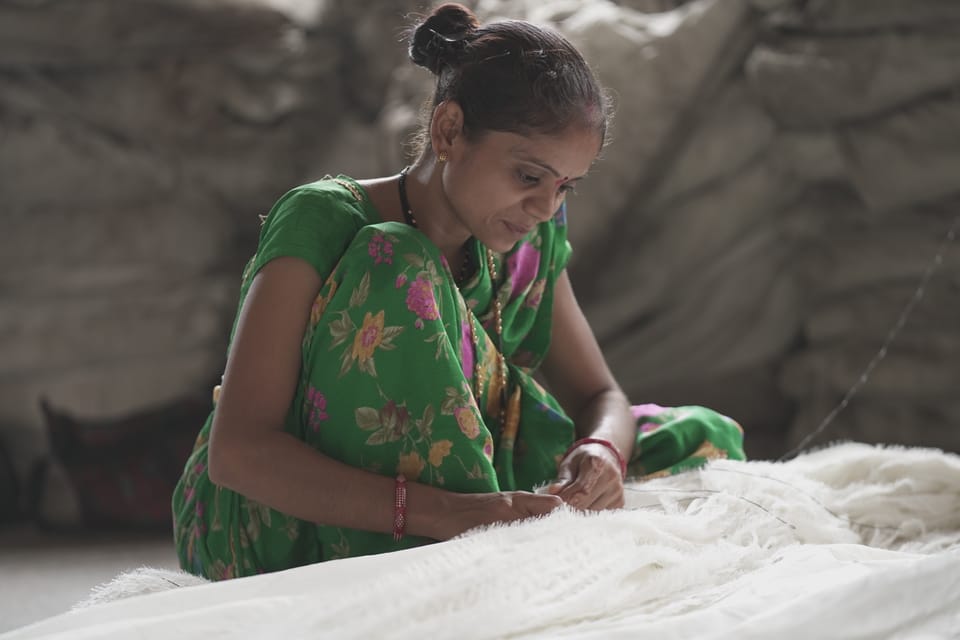People are the ‘blind spot’ in companies’ supply chain sustainability strategies: WRI

Just 12% of the world’s largest companies include people goals in their supply chain sustainability strategies – this is a “blind spot” undermining their reputation and targets, according to new research by the World Resources Institute (WRI).
The nonprofit analysed more than 1,000 sustainable supply chain goals, set by nearly 700 of the world’s largest firms: most focus on climate and nature, but only 12% have at least one goal focused on people. In addition, just 3% of firms have committed to improving working conditions for people within their supply chains.
“If you are building a supply chain for the future, you can’t just cut emissions — you have to factor in the billions of people doing the work,” said Eliot Metzger, WRI’s Director of Sustainable Business and Innovation. “Right now, most large companies are overlooking the needs of the people essential to transforming their supply chains. This not only undermines companies’ sustainability targets but also the stability of their supply chains and their reputation.”
Too few companies partner with suppliers on sustainability
The analysis also reveals that the wide majority of companies adopt a ‘push’ or ‘pull’ approach to supply chain sustainability, forcing or incentivising suppliers to comply with their goals without necessarily providing technical support or financing.
For smaller suppliers, the new pressure to meet sustainability expectations, added to existing cost pressures, could worsen conditions for workers.
Instead, companies could take a ‘partner’ approach to supply chain sustainability, supporting suppliers to invest in sustainability goals and emphasising mutual value while ensuring workers don’t pay the price for the sustainability mandate. But fewer than 10% of companies currently use this approach.
“Large companies that set sustainable supply chain goals must also confront an obvious, but overlooked problem: supplier-buyer relationships are unequal. Smaller suppliers often do not have the internal capacity to gather and report on complex environmental information about their products and processes. Adding to this challenge, a large company may be far removed from upstream suppliers. The company may not have much visibility nor awareness of the people (e.g., business owners, workers, and communities) who are farming, mining, or manufacturing the raw materials and products it relies on. Yet, these are the people who will be asked to adjust and transition to new production methods or technologies,” WRI writes in the report.
Taking workers along on the sustainability transition
To reverse this trend, the organisation recommends that companies consider three priority questions: Who is impacted by transitions to supply chains of the future? What is in it for them? Where can we invest for mutual benefit?
Setting people-centered supply chain goals such as improving workplace safety, offering upskilling programmes and ensuring fair pay and predictable schedules can be a first step in ensuring workers are not left behind in the sustainable transition.
But goals cannot be a ‘one-sided mandate’, WRI adds: larger companies should engage with suppliers to understand their concrete challenges (from financing equipment upgrades to training and retaining skilled workers) and design goals that provide the necessary support.
“Unless large companies recognize and address what those suppliers and their workers need, they will struggle to make the changes necessary for cleaner, more resilient supply chains,” it says.







Member discussion